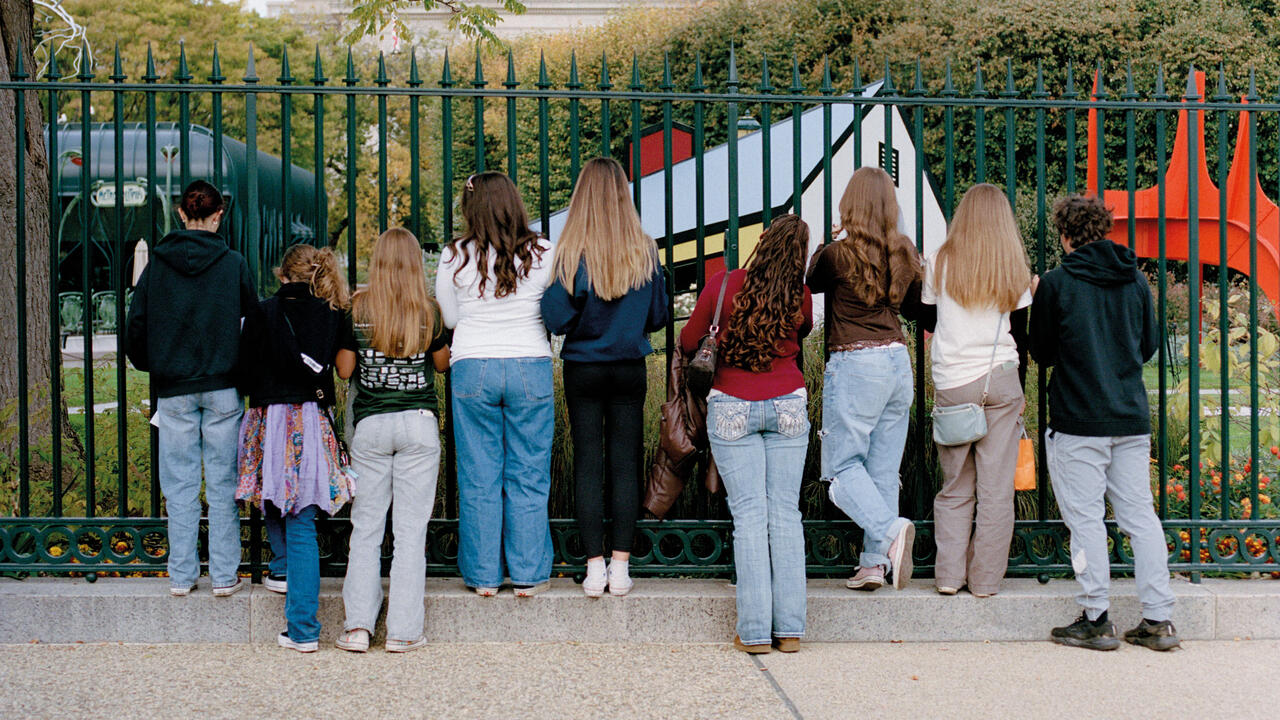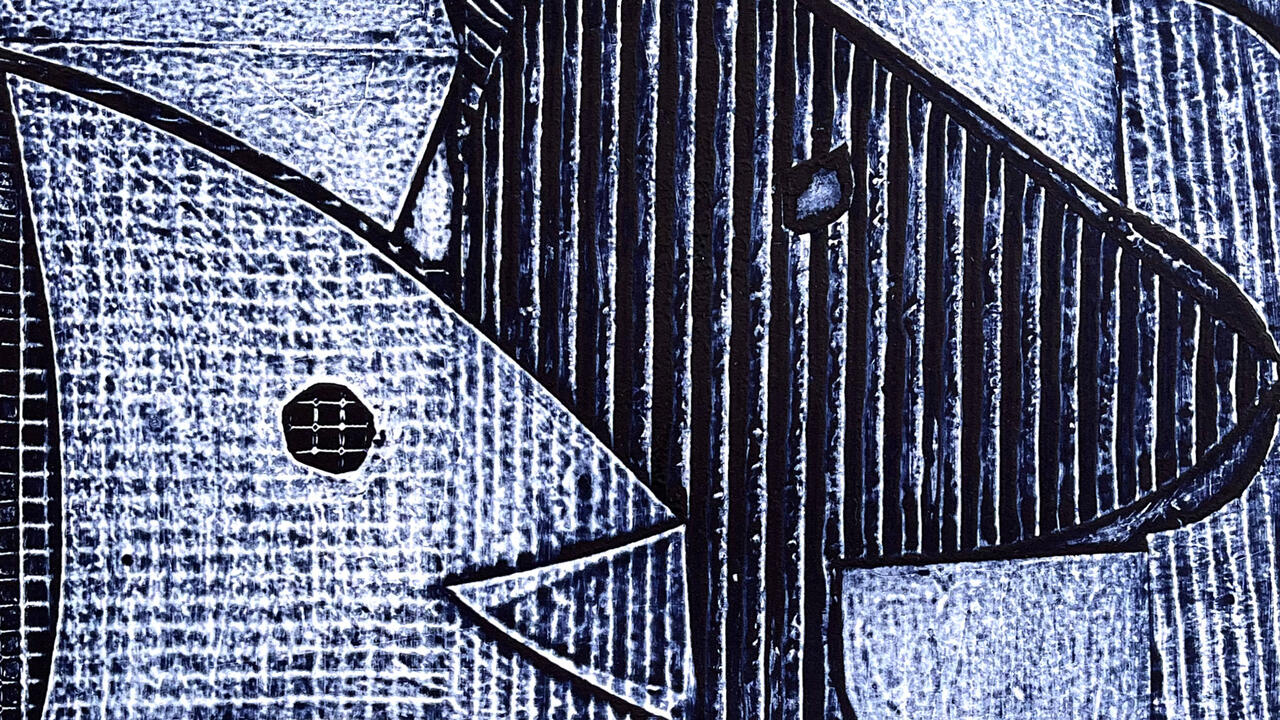‘Untitled Goose Game’ and Why It Feels Good to Be Bad
‘It’s a lovely morning in the village, and you are a horrible goose.’ Aren’t so many of us feeling like that these days?
‘It’s a lovely morning in the village, and you are a horrible goose.’ Aren’t so many of us feeling like that these days?

‘It’s a lovely morning in the village, and you are a horrible goose.’ This is all the blurb that’s needed on the website for a game that has become a phenomenon in recent weeks, one with an equally minimal name: Untitled Goose Game. (The title stuck ever since the developers rushed to submit their ‘Untitled’ work-in-progress at Texas games festival Fantastic Arcade in 2017.) The idea of a game in which a naughty goose waddles and honks its way through a lovely village, tormenting its residents all while accompanied by a flourish of richly virtuoso piano, proved an instant hit. When the game was finally released on 20 September for PC, Mac and Nintendo Switch, it quickly topped the video game charts, entered the lexicon of social media memery, and was even profiled in The New York Times.
The name is simple, the premise is simple, playing is simple – and it feels good to be bad. Most responses to the game revel in this simplicity, the refreshing bluntness of the protagonist and what it is out to do, some noting the difference to many other games in which the player is up to no good but with far grittier, more violent consequences. Indeed, Untitled Goose Game is one of the latest examples of what lies on the other side of a schism in the production, audiences and culture of videogames between ‘mainstream’ or ‘triple A’ blockbusters and indie games. This split is just as wide and as culturally loaded as the one that had emerged between indie music and mainstream pop and rock by the end of the 1980s. Made by smaller developers – Untitled Goose Game was made by a team of just four – indie games are, like indie music, often more minimal, more artistic, more childlike, more politically aware, and sometimes use their more basic technology nostalgically (as seen in the revival of 8- and 16-bit aesthetics in hits like Shovel Knight (2014), Undertale (2015) and The Messenger (2018)).

And like many indie games, and indie music too, the peculiar satisfaction of Untitled Goose Game does not lie in its simplicity alone. The pastoralism of the ‘lovely village’ is carefully and precisely conjured. Although the game hails from Australia, the setting is recognizably English, and not just because of the architecture, the chocolate-box cosiness of the town planning, or even the UK-road-sign style of the game’s menu. The game directly accesses an English pastoral tradition, centuries in the making, and brings all of its ambivalent cultural and ideological baggage with it.
Visually, the muted pastel hues evoke the rural village scenes of painters like Alfred Sisley or Stanley Spencer, especially the latter’s chaotic naivety. While the game’s characters and objects are constructed and animated naturalistically (the goose’s lope is a joy), the scene is rendered in blocks of colour, a process akin to the cel-shading famous in Legend of Zelda games Windwaker (2002) and Breath of the Wild (2017), making it reminiscent of the visual style of Patrick Caulfield, or Julian Opie’s landscapes. Even the faces of the villagers, blank except for a nose, wouldn’t look out of place in an exhibition of British modernist sculpture.

The music, put together by Dan Golding, is a brilliant touch. His score is derived from six of Claude Debussy’s Préludes (1909-13) for piano (including the suitably named ‘Interrupted Serenade’), chopped into brief sections and performed in varying moods. The activities of the goose and the responses of the humans around it trigger these snippets of florid early-twentieth-century ornament, carefully chosen to suit the mood and level of intensity. This results in an effect very close to that of a silent-era slapstick comedy being followed closely by a pianist. And while the composer of the music might be French, the material Golding chooses tends to echo the similar but more springily folkish style of Debussy’s English contemporaries, rather than the shimmering impressionistic profundity the composer is best known for – one of the preludes featured, in fact, is Debussy’s homage to the ever-so-English protagonist of Charles Dickens’s The Pickwick Papers (1836). This all beautifully contrasts, of course, with the rough ‘honk’ that the goose makes, the primary symbol of the annoyance it causes.
While the game is simple, the music – stylized, grandiose, cheeky but classy – is anything but. And therein lies the hidden complexity of the goose: it has dreams of its own, and an aesthetics to match. Its actions, which are carefully written out on a to-do list, are not motivated entirely by chaos and infamy. For every ‘steal the groundskeeper’s keys’, ‘make someone break the fancy vase’ or ‘make the old man fall on his bum’, there are desires more bathetically self-aggrandizing: ‘get on TV,’ ‘get dressed up with a ribbon’ and ‘be awarded a flower.’ Every new area the goose enters involves bringing together multiple objects, in order to achieve the adorable, and slightly sad, human mundanities of ‘have a picnic,’ ‘go shopping,’ ‘do the washing’, and ‘set the table.’
It can feel good to be bad, and particularly funny to do so in such a charming setting. But the goose is more than just a wrecker, more than just the figure encircled by a red ‘no entry’ symbol on the signs that go up all around the village. She is disempowered, she is envious, and thus she is sympathetic, especially against the background of the (excuse the cliché) ‘divided’ politics of the late 2010s. I’m not the first to say so – Todd Martens of the Los Angeles Times sounds like the game is helping him get something off his chest when he writes, ‘The world is unjust and narcissistic, so much so that it is unfit for a well-meaning goose. It’s time, then, to destroy someone’s day. It’s time to ‘HONK.’ […] I created mini-backstories for everyone I encountered to ensure that they deserved the wrath of the goose. A farmer? No doubt he voted for the wrong political party’.

Just return to the game’s minimalist blurb: ‘It’s a lovely morning in the village, and you are a horrible goose.’ Aren’t many of us feeling like that these days? And in all sorts of ways. It is a lovely morning in the village, but you are ugly, poor, unemployed, othered. The resentful goose is ‘the people’ behind the ‘populism’ that has seen so much hand-wringing lately, and on whichever side you choose, too. Perhaps it is the ‘left behind’ causing havoc to the established order by voting for Trump and Brexit. Or the goose could be the betrayed minority, millennial or working class: a resident of the village but refused its benefits and reduced in the villager’s eyes to an obnoxious honking creature (I feel the goose would buy avocados and lattes rather than saving their pittance towards a home of their own, and would consider it ‘self-care’). Or the goose could be Nature itself, abused, neglected and heated up, and here to remind us how fragile and exclusive our anthropocentric ecosystem really is.
One reason that the goose has been so popular online is that the character is the quintessence of internet humour, which often satirically mirrors the idea of a vulgar, narcissistic and antagonistic mob let into the village by the democracy of social media, and who run subversively around the ankles of the Nice, Sensible celebrities, journalists, and businesses. The goose is a ‘troll’ in the old-fashioned sense – not someone simply sending abuse, as the term is used today, but someone who is carefully and deliberately derailing (online) discourse.
Whoever the goose represents to you, what’s important is that it is seizing power and overturning the order of things in that lovely, smug village. In Untitled Goose Game, this seizure is depicted in a charmingly indie fashion: in one hilariously blunt metaphor, the goose finds itself as a giant stomping through a model replica of the village; in another, it is awarded a crown (styled on the treasures of the British royal family) when it finally completes its to-do list. But these absurdist revenge fantasies also come from a dark, disquietingly contemporary place. Will the raging id of the goose destroy civilization in its pursuit of revenge, catharsis, and the fleeting endorphin rush of being Queen for a day? Or will the goose and the villagers enter into peaceful negotiations and a sharing of power for the good of all? Whether or not we honk about it, we all have to live in that village.
Main image: Untitled Goose Game, 2019, screen grab. Courtesy: House House





















